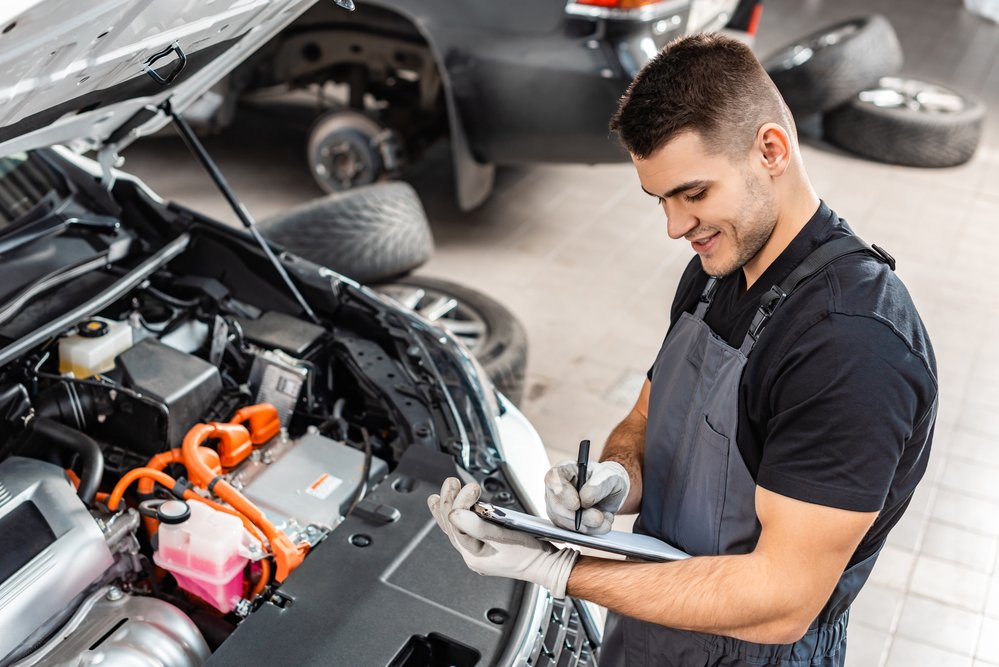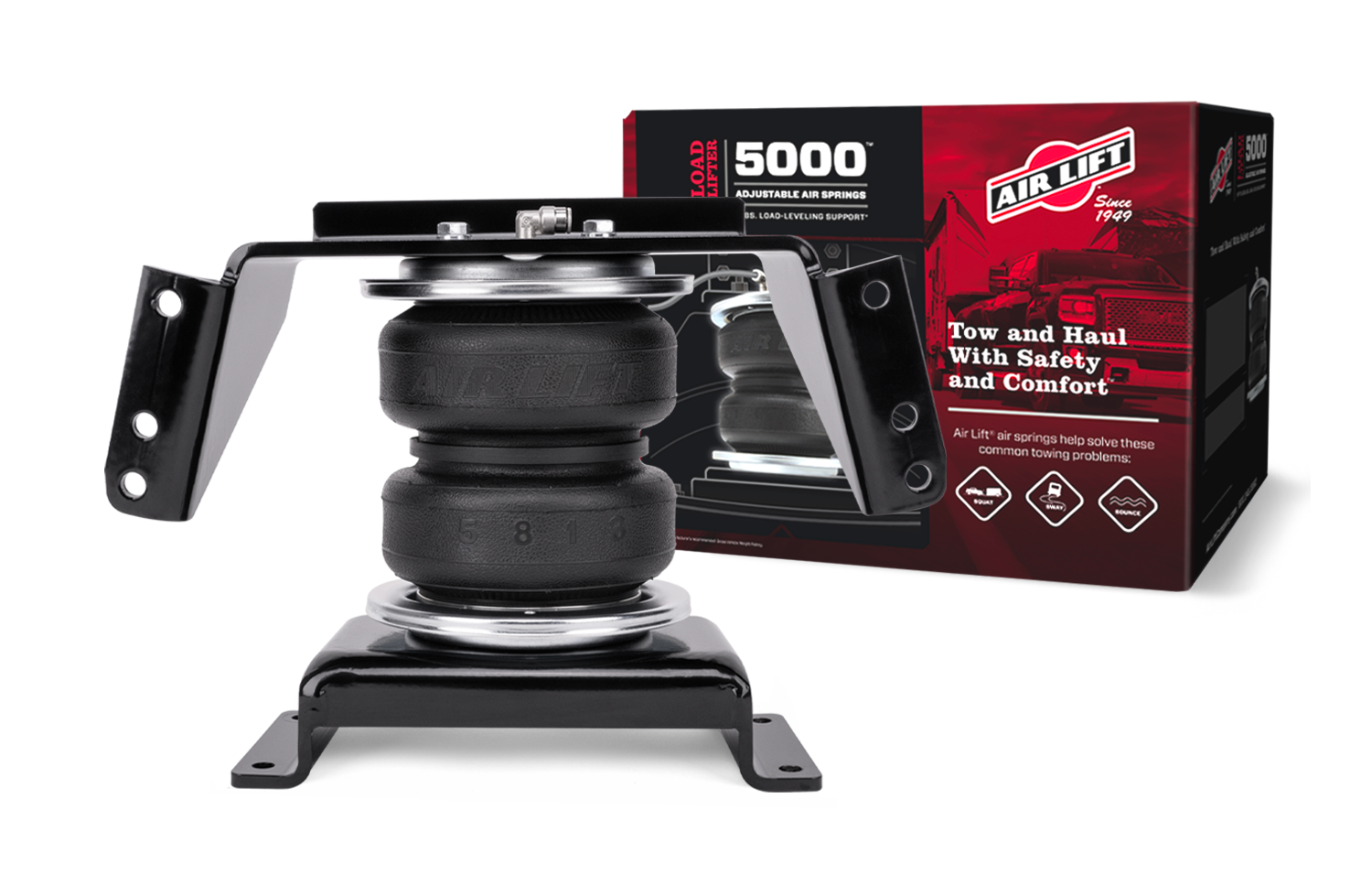
The engine is the heart of any vehicle. Its health matters the most if a vehicle owner wants to get the longest lifespan out of it. More often than not, they forget to have their automotive service professional give a full inspection.
Service advisors should recommend their clients have their team of experts review the engine to help them avoid future, expensive issues or catastrophic failures that could leave them stranded on the side of the road.
Still, engine diagnostics is not an easy task. It takes diligence and long-term practice to hone the skills.
While there are more than five ways to diagnose your car engine, these are the most common ones.
Onboard diagnostic system
The OBD-II system is maybe the most significant part in helping diagnose a customer’s engine and in a way that’s more intuitive than others. It consists of a computer system that continuously monitors and detects potential issues related to engine performance and emissions.
You can expect the system to reveal many things about the engine just by reviewing error codes, real-time data and much more. Now, let’s check how OBD can be used for engine diagnostics.
First of all, use the OBD-II system to look for DTC, or diagnostic trouble codes. DTCs are certain codes assigned to specific car components like your car engine, sensors, fuel pumps and so on.
Those codes can help you to check whether your engine has any issues. For example, P0300 indicates that your engine has misfired, and P0401 shows insufficient EGR flow.
It’s always best and easier to check the OBD system. This makes it easier for you to troubleshoot those particular problems accordingly.
Air intake system
The air intake system in a car provides clean and properly metered air to the engine. It plays a crucial role in engine performance and efficiency. During engine diagnostics, the air intake system inspection can be a great factor to tell you about the problems of your car.
To start the troubleshooting process, look for any physical damage, like dirt and debris. If everything looks clean, then move on to checking the valves and airflow. If the airflow seems restricted, then look for any clogs or restrictions on the air intake system.
Inspect the air intake hose and throttle body. These are also responsible for passing air smoothly from your car engine system. Lastly, observe the mass airflow sensor closely. A malfunctioning MAF sensor can provide inaccurate readings, leading to incorrect fuel-air mixture and engine performance issues.
Exhaust gas recirculation system
The EGR is a crucial component when you’re diagnosing the engine. It is a valve that can help you to control the combustion chamber and flame temperature. While some older models might have a vacuum-controlled system, newer models come with an electric solenoid pressure system.
You can check for issues with your engine via the EGR by checking the carbon buildup. If you observe carbon buildup in the lower side of your EGR valve, then there’s definitely some problem with your engine. This issue can not only reduce the efficiency and performance of your car engine but also make the car stall.
However, you can easily fix this EGR valve conundrum.
First, make sure to wear insulated gloves and take necessary precautions. Then identify the carbon-laden passage and then reach the underside of the valve. Push the diaphragm with the engine turned on. If you notice the engine is stalling, start cleaning the carbon clog.
If that’s not the case, you need to dismount the valve and inspect it thoroughly. You can try using WD-40 or a similar liquid to check for any leaking of the valve while you’re at it.
Fuel Injectors
The most obvious symptoms conveying the problem with fuel injectors are rough idle position, poor performance and engine mileage. While you can be aware of many other similar symptoms, these are the most common ones.
Any electric fuel injector resides under extreme heat and unbreathable conditions. So, it’s obvious enough that if not maintained properly, it’ll fall under a severe meltdown. That’s why you should know how to diagnose your fuel injectors thoroughly.
For electric fuel injectors, it’s imperative that you use an in-tank fuel injector cleaner every now and then — that’s the most efficient way to avoid any problem with your car EFI. However, you need to understand the condition of those EFIs carefully.
IT won’t last a lifetime. When it’s not possible to chemically clean, then it’s time to replace it. There are only a few methods that could work to troubleshoot your fuel injectors so it’s better if you can take care of it.
Ignition control module
As the name suggests, these modules mainly work closely with the ignition process of your car. Now, if the module is damaged then the engine will have no spark or start.
To check and solve what’s wrong with your HEI (high energy ignition) module, take a dwell meter and connect it to the TACH terminal on the distributor cap. The idle temperature should be around 5-10 degrees, which can go up to 30-35 degrees when the engine reaches 2,000 RPM. If the temperature rises beyond that, then you definitely have a defective HEI module.
Minhaj Ahmed is a former chemical student and automotive enthusiast. He launched a website to help readers and fellow truck enthusiasts. Now, it has become a large community where he finds peace and connects with his peers to create awareness about anything related to automotive.












Leave a Reply